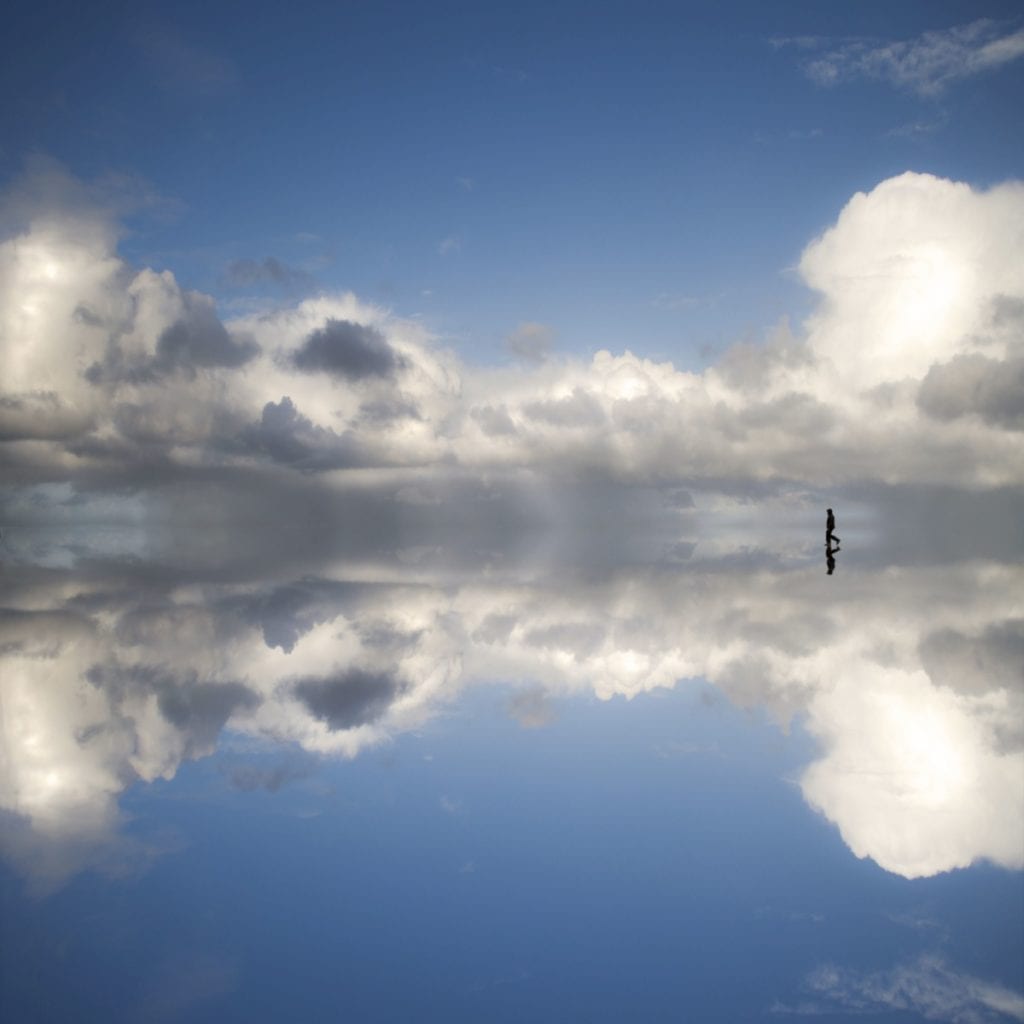With over 2000 submissions from 92 countries, this year’s Felix Schoeller Photo Award was the biggest and most international yet. The quality of entries was unprecedented and the winning photographers represent some of the best contemporary photographic talent.
Over the weekend, British Journal of Photography attended the Awards Ceremony in Osnabrück, Germany, the hometown of the Felix Schoeller Group, where members of the jury – Michael Dannenmann, Gérard A. Goodrow, Simone Klein, Clara Maria Sels and Julia Sorgel – announced this year’s winners. Presented in an exhibition at the Museum of Cultural History, both the winning photographs and the work of the 24 other nominees will be on show until the 25th of February.
“Felix Schoeller has a long legacy in supporting photography with their history of creating photographic paper. They have succeeded at creating an award that champions the highest quality of photography on an international scale. They are an extremely positive and important force in the world of contemporary photography,” said Clara Maria Sels.
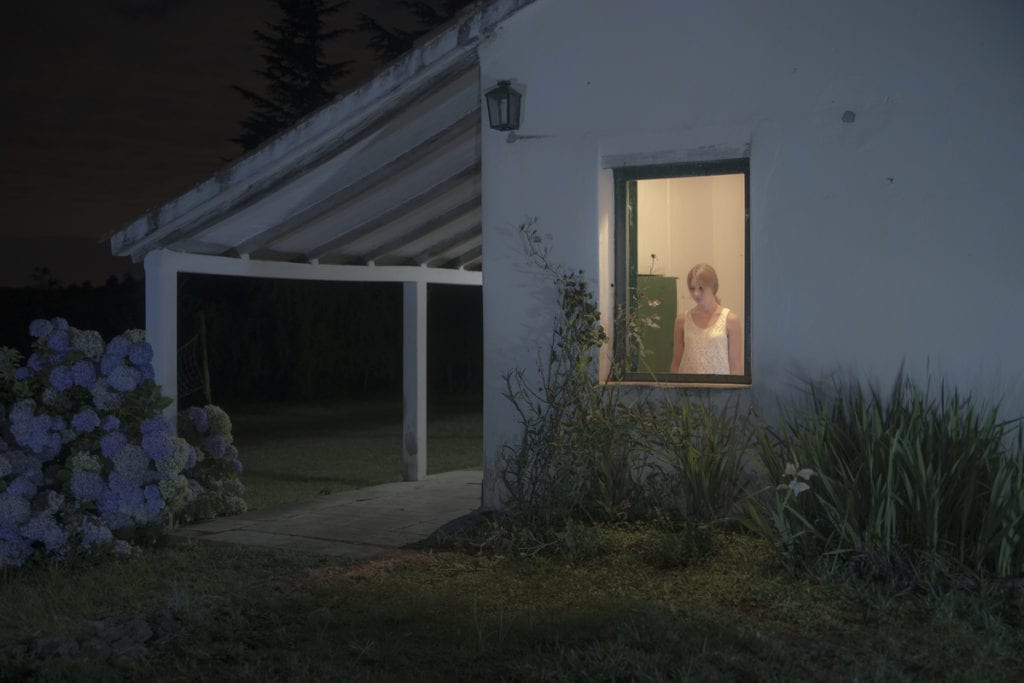
Despite the increased number of entrants “the quality and creativity was still very high in all of the categories, which made the judging process very fruitful and interesting work for us all” said Simon Klein, Global Director of Print Sales at Magnum Photos. “The competition was conceived as a way of promoting photography and providing a platform for photographers from around the world to present projects exploring themes close to their hearts” observed head of the judging panel, Micheal Dannenemann. With nominees from 11 nations and an array of projects and photographic styles, the award has undoubtedly achieved this aim.
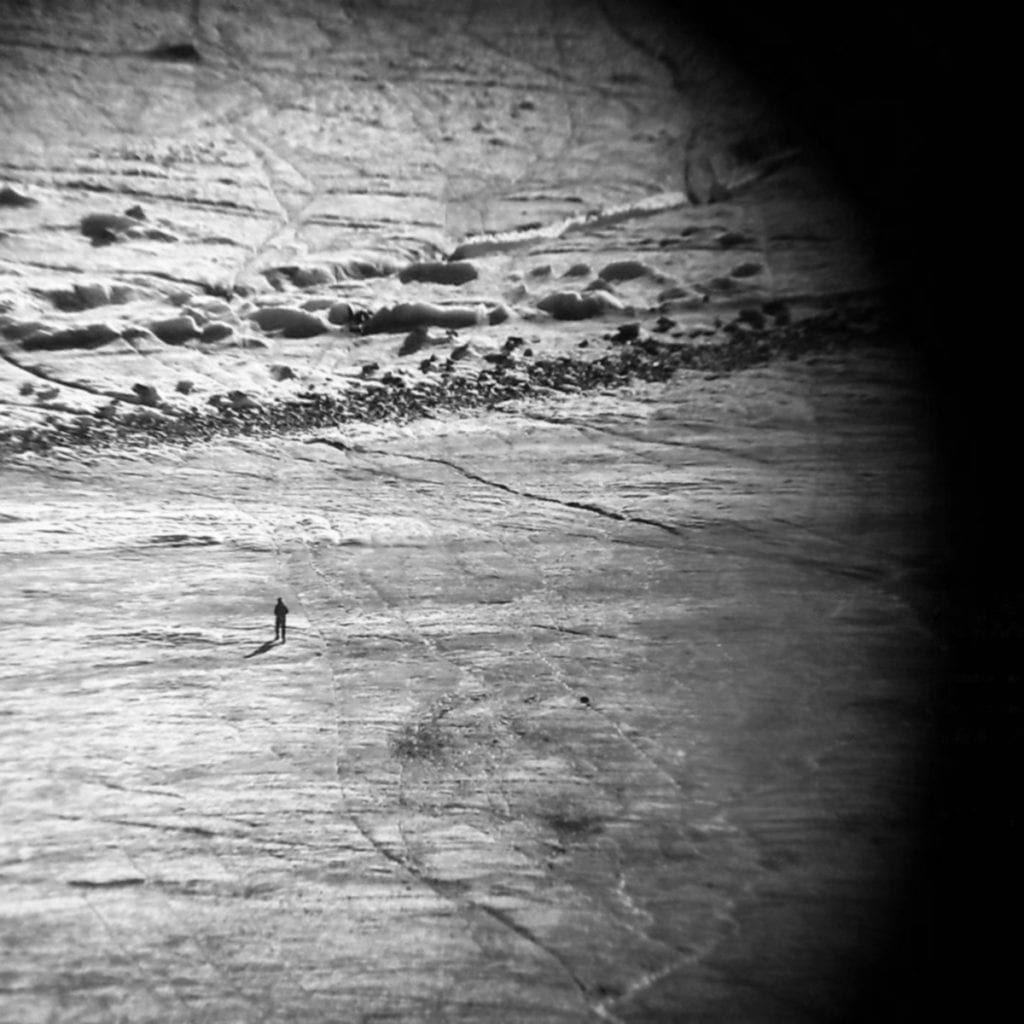
Winning a huge share of the popular vote, Brazilian photographer Guilherme Bergamini was awarded the People’s Choice Award, a new category for which British Journal of Photography offered the public an opportunity to select their own winner. His selected series Education for All, offers a poignant documentation of the broken education system in Bergamini’s home country. “I have been reading British Journal of Photography for 20 years; it is such an honour to have my work recognised by this publication, the Felix Schoeller Photo Award and general public. I hope that winning will mean my work reaches an even wider audience to draw attention to the pressing issues that it addresses,” he said.
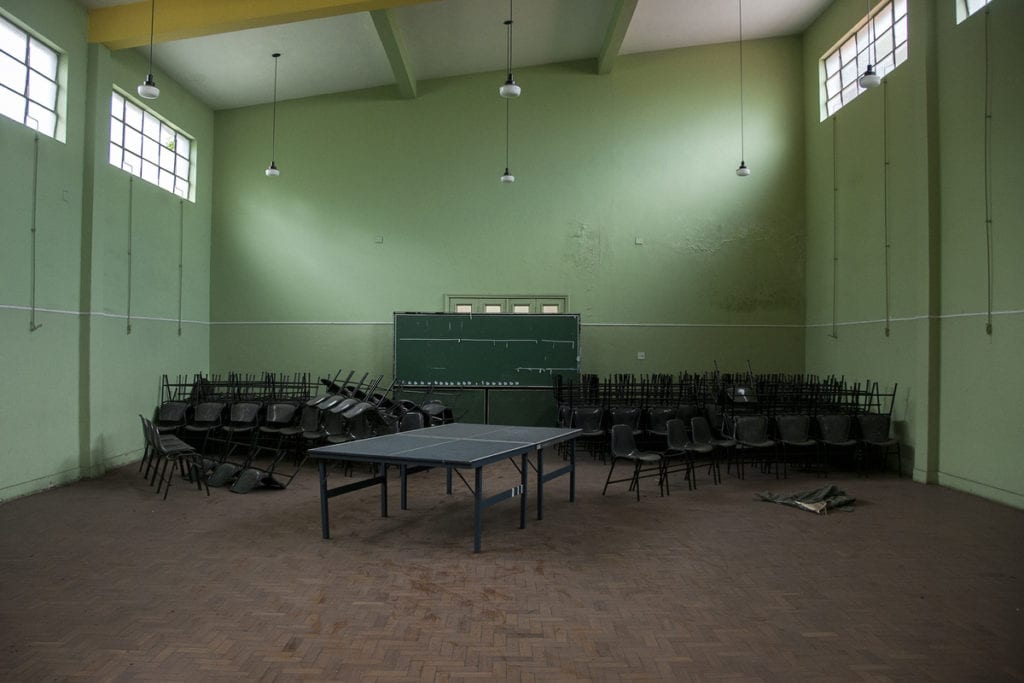
Architecture & Industry
German photographer Mario Brand won the Architecture & Industry category with his mysterious night shots of drive-thru counters in the USA.
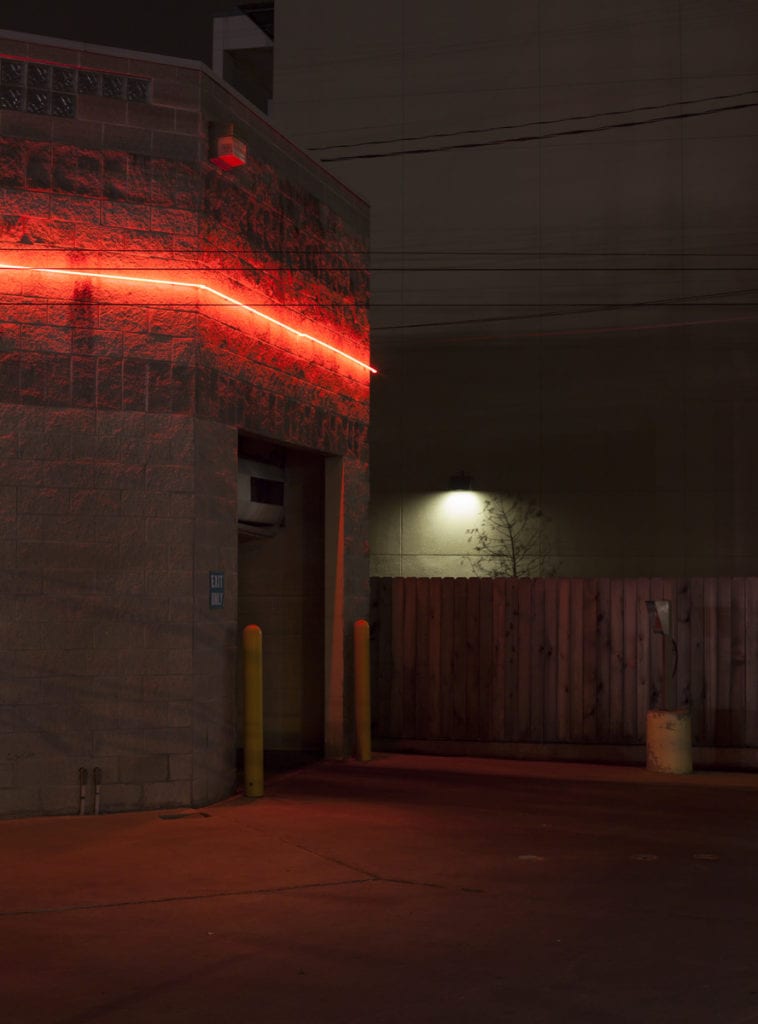
These images “strike a fascinating balance between the banalities of everyday life and scenes reminiscent of movie sets,” observed Gérard A. Goodrow. “Here, the compositions show formal perfection in every respect – not least in the photographer’s management of light and the fine, complementary contrasts in the subtle interplay of red and green,” said Simone Klein.
Brand is currently beginning work on a new project documenting a hotel run by a Kurdish couple struggling to keep their business alive. “I am so excited to have won. The Felix Schoeller Photo Award is very well-recognised now and the prize will enable me to begin work on this upcoming series.”
Photojournalism & Editorial Photography
Belgian photojournalist Alain Schroeder received the Photojournalism and Editorial Award for Living for Death: his stirring documentation of rituals surrounding death and the dead in Toraja, Indonesia.
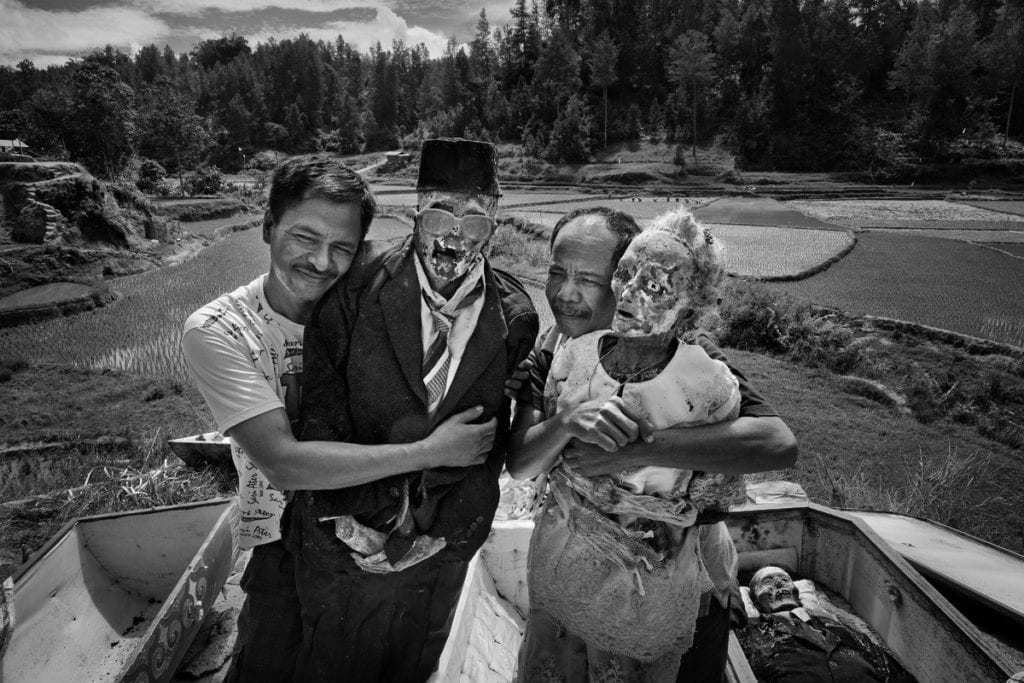
In this region, after a person dies it can take weeks, months or even years for a family to organize the funeral and during this time the deceased are considered ‘sick’ and kept at home, either uncovered, bundled in layers of cloth or in a coffin. Schroeder’s photographs capture the realities of this process: offering a sensitive and considered insight into an alternative way of dealing with a universal human experience.
“His sensitively captured black-and-white images help the viewer to come to terms with this, at first, alien aspect of life and death. This is precisely the impact good photojournalism must have on those who see it,” commented Michael Dannenmann.
Landscape & Nature
The Landscape and Nature Award went to Dutch photographer Saskia Boelsums for her project Dutch Landscape.
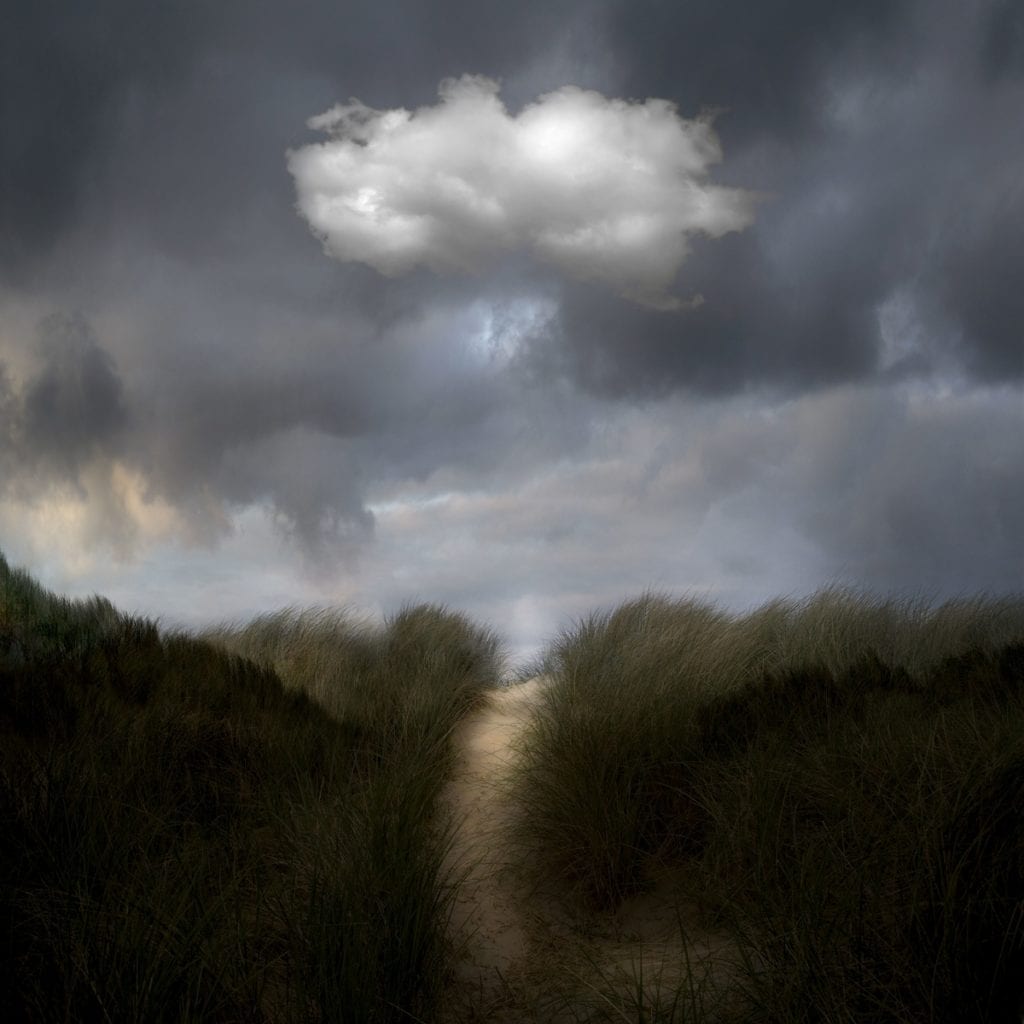
Reminiscent of classical Dutch landscape painting, the striking vistas photographed by Boelsum take on a new meaning in this work. With dramatic cloud formations and violent seascapes, the series captures the increasingly visible consequences of climate change.
“These images present idealised scenes of a world that may one day be lost to us forever; perhaps they will be the views we see hanging as pictures in our residential bunkers of the future,” said Clara Maria Sels.
Best Work by an Emerging Photographer
Syrian photographer Hosam Katan won Best Work by an Emerging Photographer for his project Living With War.
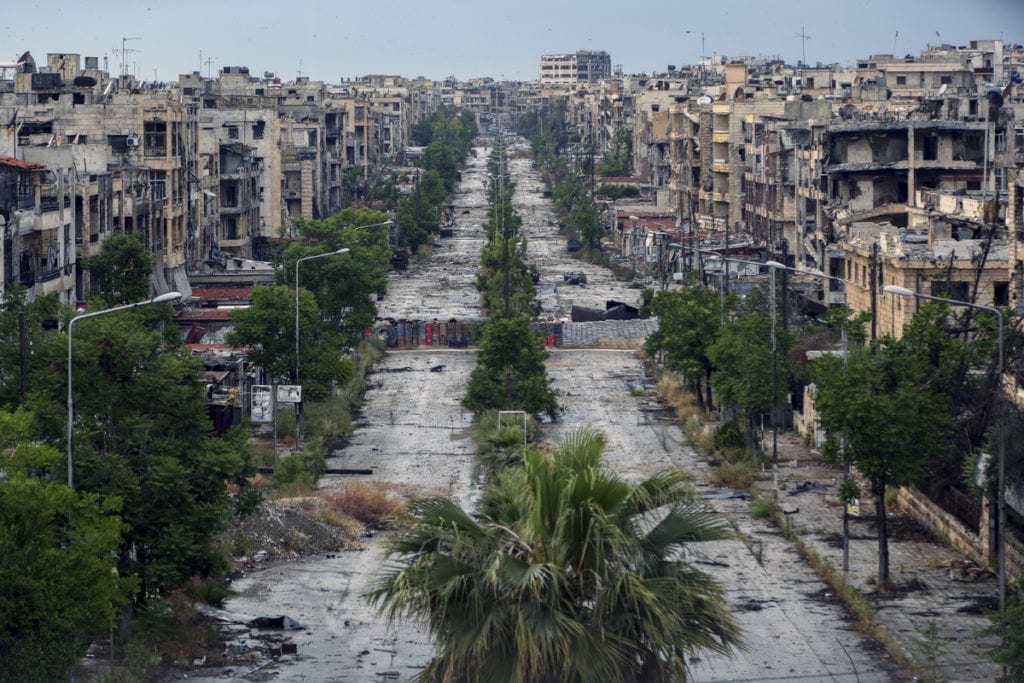
“The photographer is not an impartial observer; you notice that he’s at the heart of the action. He’s one of them. With the eyes of an insider, Hosam Katan reveals entirely new perspectives. The chaos is held together in formal terms by a stringency and clarity of composition that ingeniously unites elements of street photography and classical photojournalism,” commented the jury.
Speaking about his motivations for making the work, Hosam said, “you want to show the horror of the war and in doing so work to incite justice. I hope winning the award will bring my photographs to a wider audience, further raising awareness about the realities of the Syrian War”.
Portrait
Argentinian photographer Rodrigo Illescas was awarded the Portrait Award for his project Are You There?
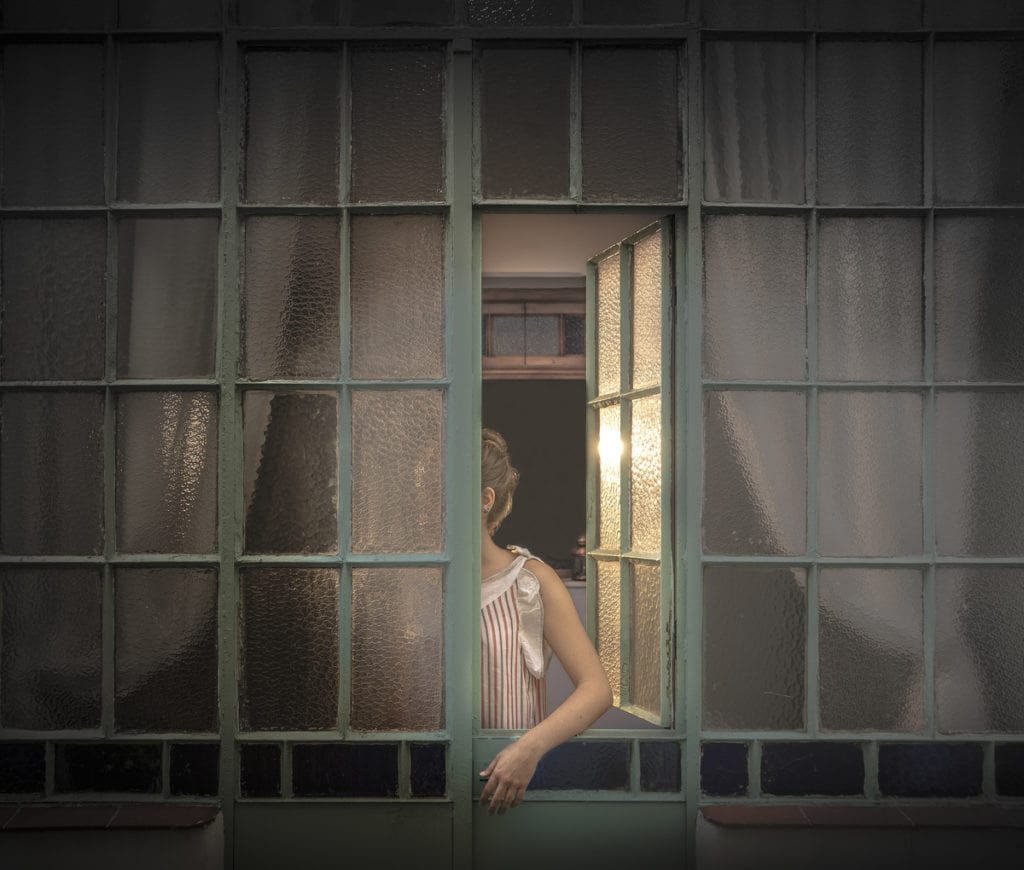
“These images are like the first sentence of a book that makes me want to find out where the story will lead me. The subjects of these portraits appear to be alone, but could well be in dialogue with another, unseen, person in the room,” observed Julia Sorgel.
Also a poet, Illescas spoke about how he created these images as a visual expression of something he had written, “it is such an incredible honour to have my work recognised by this award,” he said.
